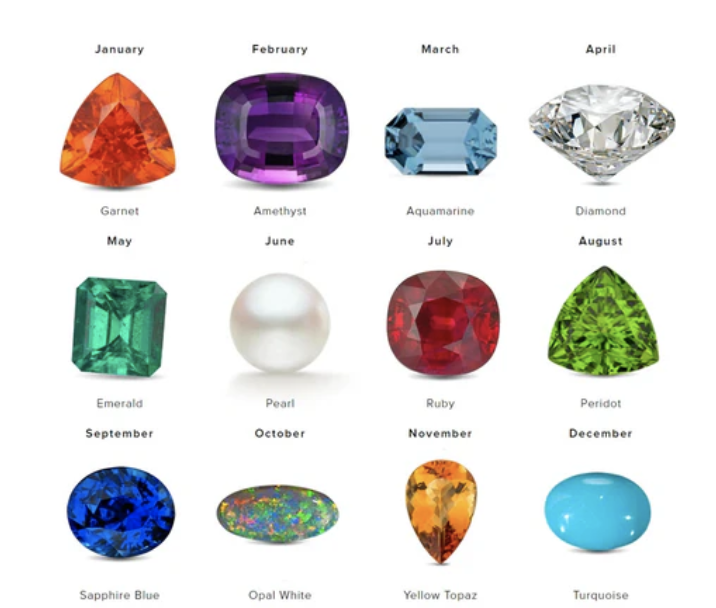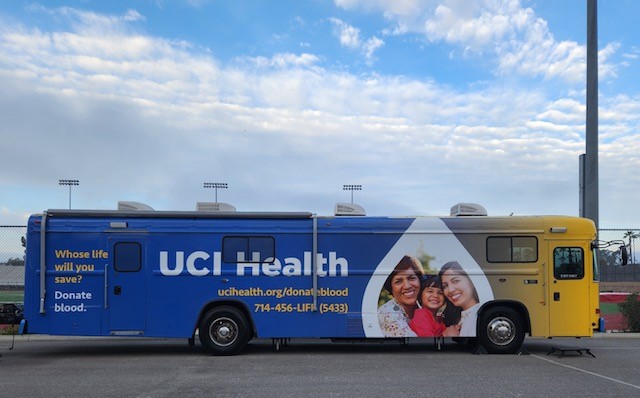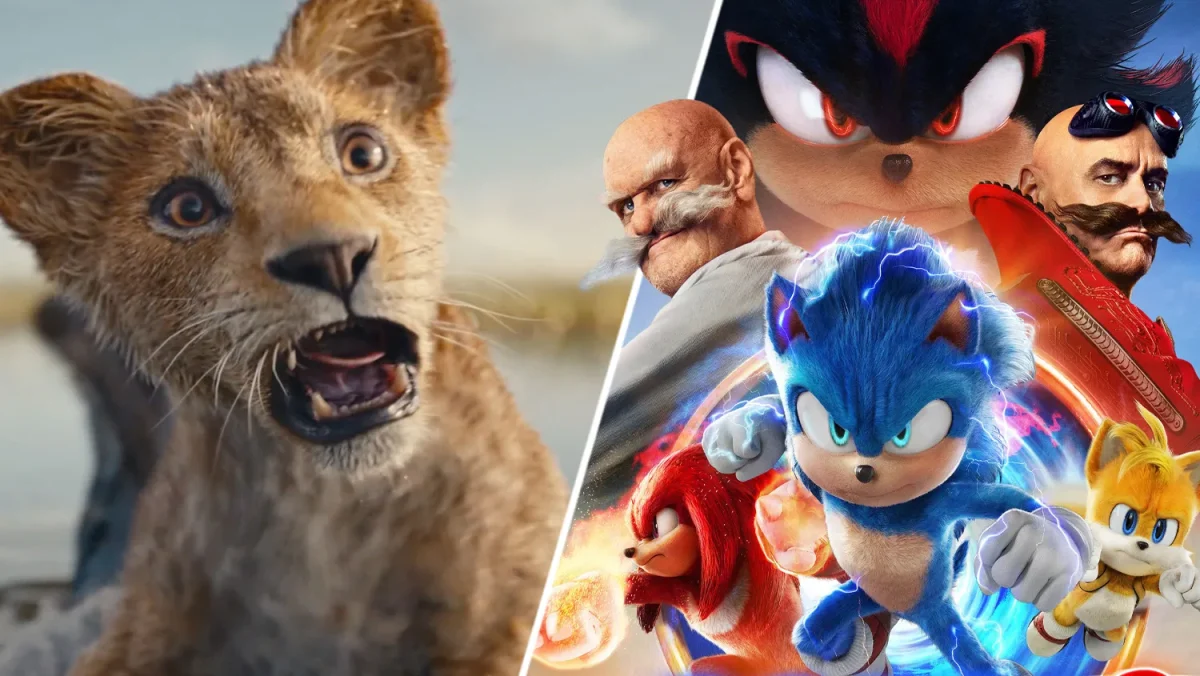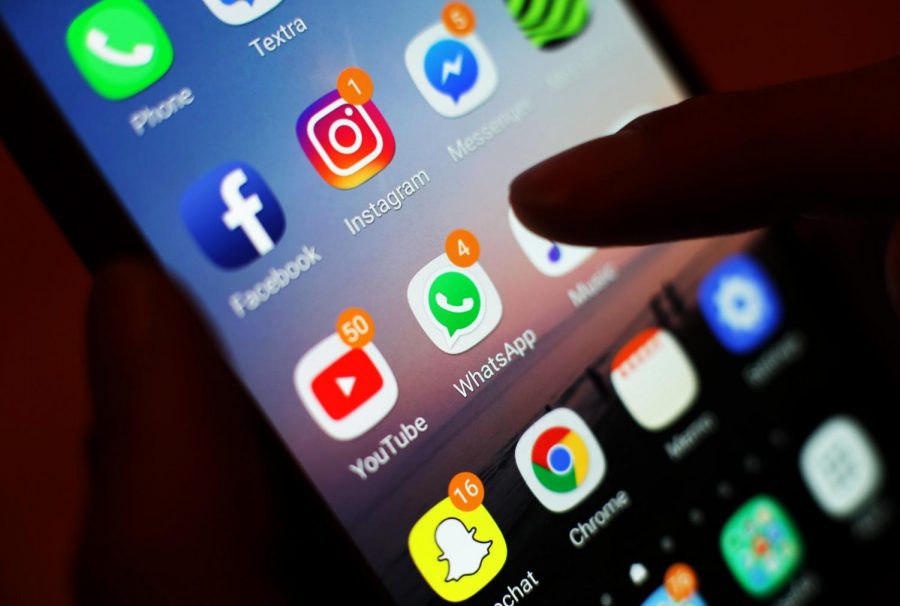Social Media Toxicity
Social media is a powerful media outlet that is affecting millions of people each day.
October 2, 2018
Social media is becoming an increasingly prevalent use of our time in this fast-paced society. More and more people are choosing to participate in these social media platforms, and even the age gap of users is increasing, as more youngsters begin to join too. But with all this time being spent online, is it correct to state that social media is becoming toxic?
Back in its original days, social media was intended to bring people closer, build relationships, and connect, transcending the boundary of distance. Today, users on social media are eager to scrutinize public posts and argue online. True, social media is a place to post thoughts and photos which definitely connect people with one another. However, most of the posts are not authentic; they are fully thought out and executed with a plan, involving little to none genuine care to simply share the photos.
If you take a look at an average teenager’s cell phone, you might find a collection of photos, music, and games. What takes up most of its use, however, are the social media tools, like Twitter, Instagram, Facebook, and Snapchat. For instance, Christine Ding (12) adds that she “can spend hours on her phone, just browsing through social media.”
In 2017, Forbes named Instagram the “most harmful” app for mental health. Although most people will just quickly browse through their social media, the impact of seeing others’ posts has a lasting effect on the user. According to the Forbes study, “the platforms impacted body image, quality of sleep and bullying.” Instagram was the worst to affect wellbeing, with Snapchat following, then Twitter, and Facebook.
One of the main reasons why social media can lead to destruction of one’s self-image is the constant act of seeing others and comparing him/herself to that image. That image could have been fully edited and filtered to appear perfect, but to everyday users that image is something to compare themselves to. Editing the photos can also be harmful for the people who post, because it instills the idea that one is not good enough to post unless their faces and bodies have been modified.
True, social media is capable of negatively affecting people’s self-image and mental health. However, not all aspects of it are completely horrible. For instance, social media allows people to interact with different organizations and a diverse group of people. Users can follow along with pages intended to help others with their mental health struggles.
When used with time constraints, social media can potentially be a powerful tool. However, because of the way they are formatted and the ease of spending hours online, social media can also become the most harmful innovation in this modern age.







































